
Get upto 50% off in New Year Offer

Get upto 50% off in New Year Offer

In this article, we’ll dive into Social Media Advertising Strategies, exploring the latest trends, key statistics, and actionable insights to help you make the most of your advertising efforts. Social Consider the best Media Advertising Trends to earn Social Media Advertising ROI!
In the digital age, social media has become a powerhouse for advertising and brand promotion. With billions of active users on platforms like Facebook, Instagram, Twitter, and LinkedIn, social media advertising offers a vast and engaged audience. However, it’s not just about throwing ads out there; it’s about crafting effective strategies to ensure your message reaches the right people at the right time. Optimize your Social Media Advertising Campaigns and ensure Social Media Advertising Budgeting
Be keen on Social Media Advertising Optimization.
Social media advertising encompasses a range of platforms and ad formats, including display ads, video ads, sponsored posts, and more.
Social media advertising provides an unprecedented opportunity to reach a highly targeted audience.
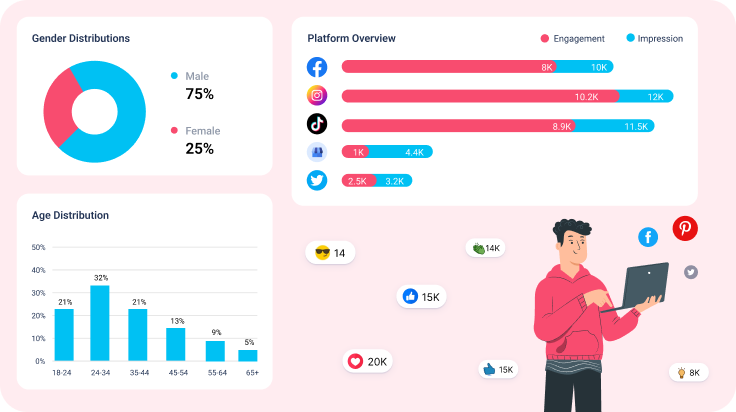
Performance Reporting is a key aspect of ManagePlus, providing access to team and content performance metrics. Identify high-performing content, assess team efficiency, and gain insights into campaign performance. The platform allows users to add notes, attachments, and references for enhanced clarity.
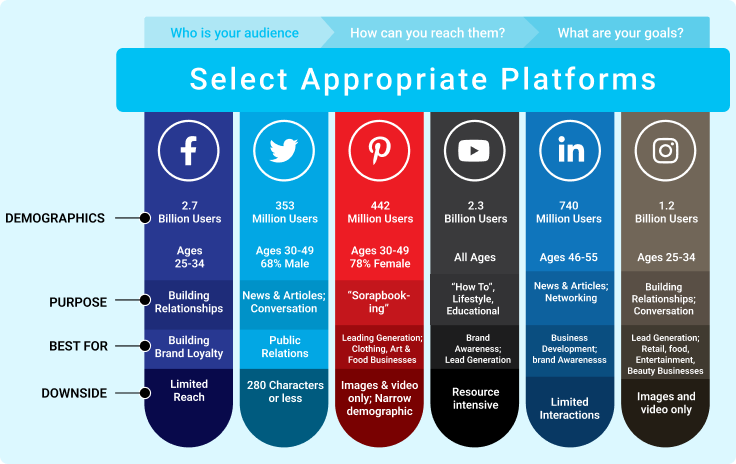
Each social media platform has a unique user base.
Choosing the right platform depends on your business goals and target audience.
Identify specific objectives for your social media advertising, such as brand awareness, lead generation, or sales.
Set clear key performance indicators (KPIs) to track progress.


Effective content can be in the form of videos, images, carousels, or stories.
Visual content generates 94% more views
This is just the beginning of the article. If you would like me to continue and provide more statistics or focus on a specific section, please let me know.

Social media platforms offer precise targeting options based on demographics, interests, and behaviors.
Leverage existing customer data to create custom audiences and expand reach with lookalike audiences. Optimize your Social Media Advertising Campaigns and ensure Social Media Advertising Budgeting
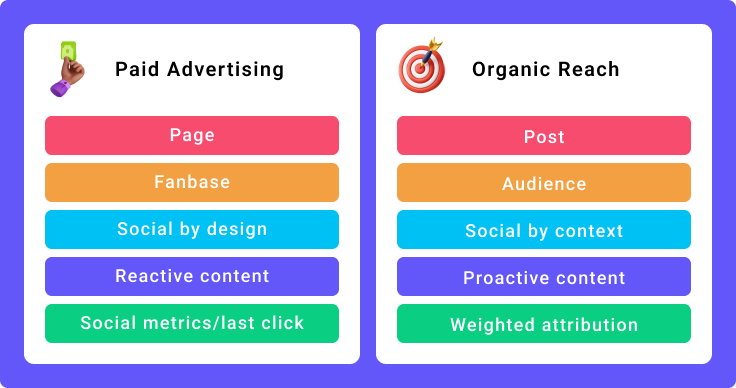
Paid advertising ensures immediate visibility, while organic reach relies on growing a follower base.
A successful approach often combines paid advertising for immediate results and organic reach for long-term growth.

Determine your budget based on your advertising goals and the platform you choose.
Creating high-quality content and optimizing ad performance can help stretch your budget.
Post Analytics completes the suite of services by offering in-depth post analysis. Users can make informed decisions based on individual post reports, platform-based reports, and campaign-based reports. This feature empowers marketers to continually improve their strategies for optimal results.
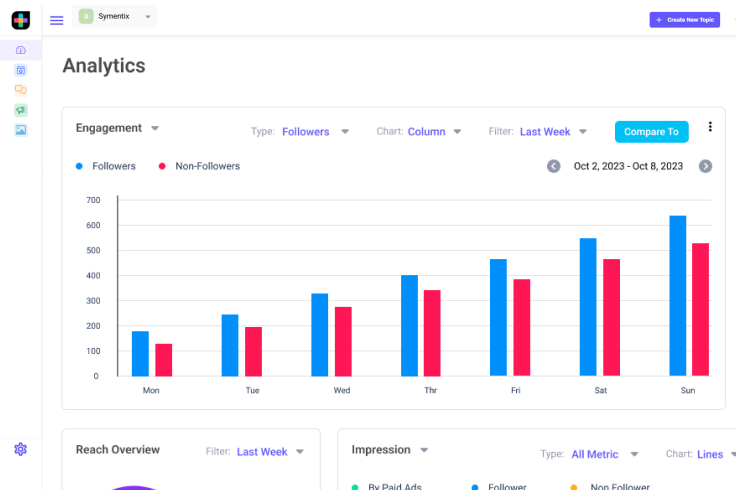
Use analytics tools provided by social media platforms or third-party tools to track performance.
Constantly test and refine your ads to improve performance.
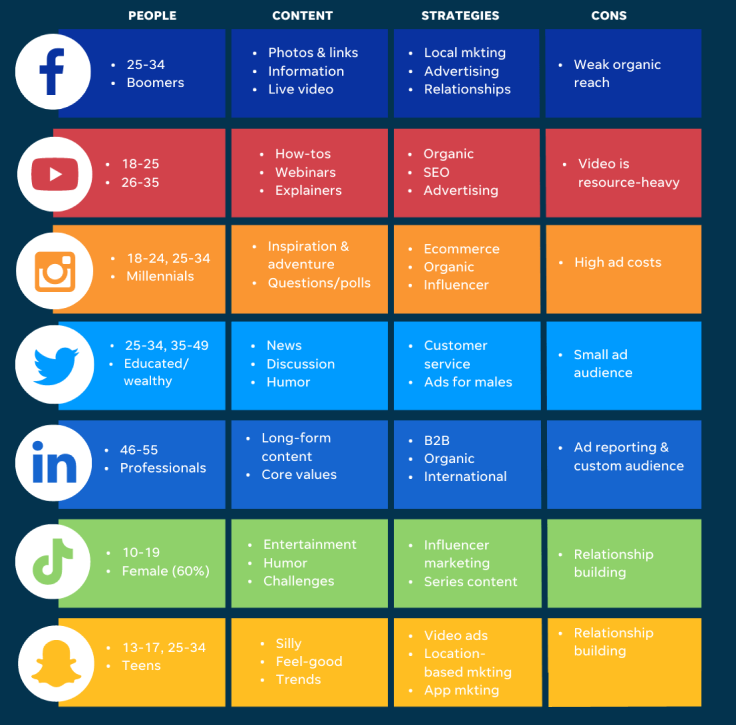
Each platform has its rules and guidelines for advertising content.Be keen on Social Media Advertising Optimization.
Maintain trust and credibility with your audience by adhering to ethical practices.
Keep an eye on augmented reality (AR), virtual reality (VR), and other emerging technologies for creative ad campaigns.
Influencer marketing is expected to continue its growth as influencers offer authenticity and engagement.
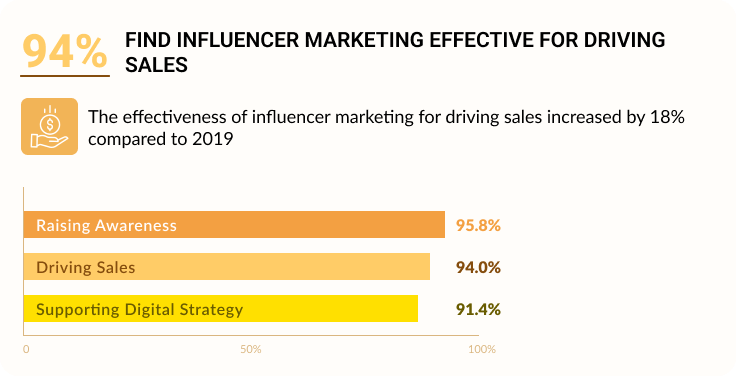
Interactive content such as polls, quizzes, and live streams engage users in a two-way conversation with your brand.

Social platforms have integrated e-commerce features, allowing users to shop directly from their feeds.
Video content continues to gain momentum in social media advertising, offering a highly engaging format.
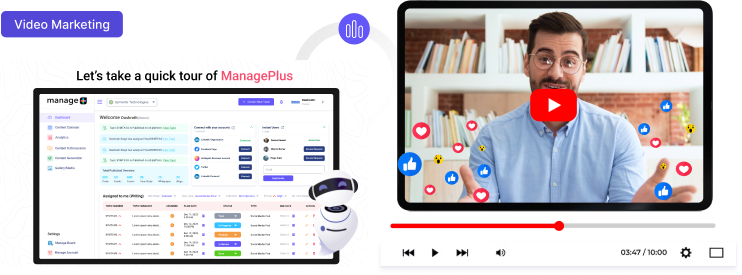

User-generated content (UGC) builds trust and authenticity as it’s created by real customers.
These additional sections delve into the importance of interactive and shoppable content, the dominance of video marketing, and the value of user-generated content in today’s social media advertising landscape. Each subheading provides insights and statistics to help marketers make informed decisions and stay ahead in the ever-evolving world of social media advertising.
In summary, ManagePlus provides a holistic solution for marketing teams, combining content calendar management, campaign organization, task optimization, idea repository, seamless scheduling, performance reporting, custom workflows, and detailed post analytics. With its user-friendly interface, the platform facilitates collaboration and empowers businesses to scale their marketing efforts effectively. Start using ManagePlus for free and unlock the full potential of your marketing team.
social media advertising is a dynamic and powerful tool for businesses to connect with their target audience. It’s essential to craft a well-defined strategy that includes platform selection, clear objectives, compelling content, audience targeting, and a balance between paid and organic reach. Monitoring and adapting to trends, regulations, and consumer expectations are vital for long-term success in social media advertising.
With the right strategies and insights, you can leverage the enormous potential of social media to build your brand, drive engagement, and achieve your advertising goals. Keep in mind that the digital landscape is ever-evolving, so staying up-to-date with the latest trends and statistics will be crucial to your advertising success. Optimize your Social Media Advertising Campaigns and ensure Social Media Advertising Budgeting

Streamline your marketing efforts with AI-powered working design — Organize, collaborate, and optimize your marketing campaigns all in one place!

Join now to shape the future of MangePlus
Don’t miss out